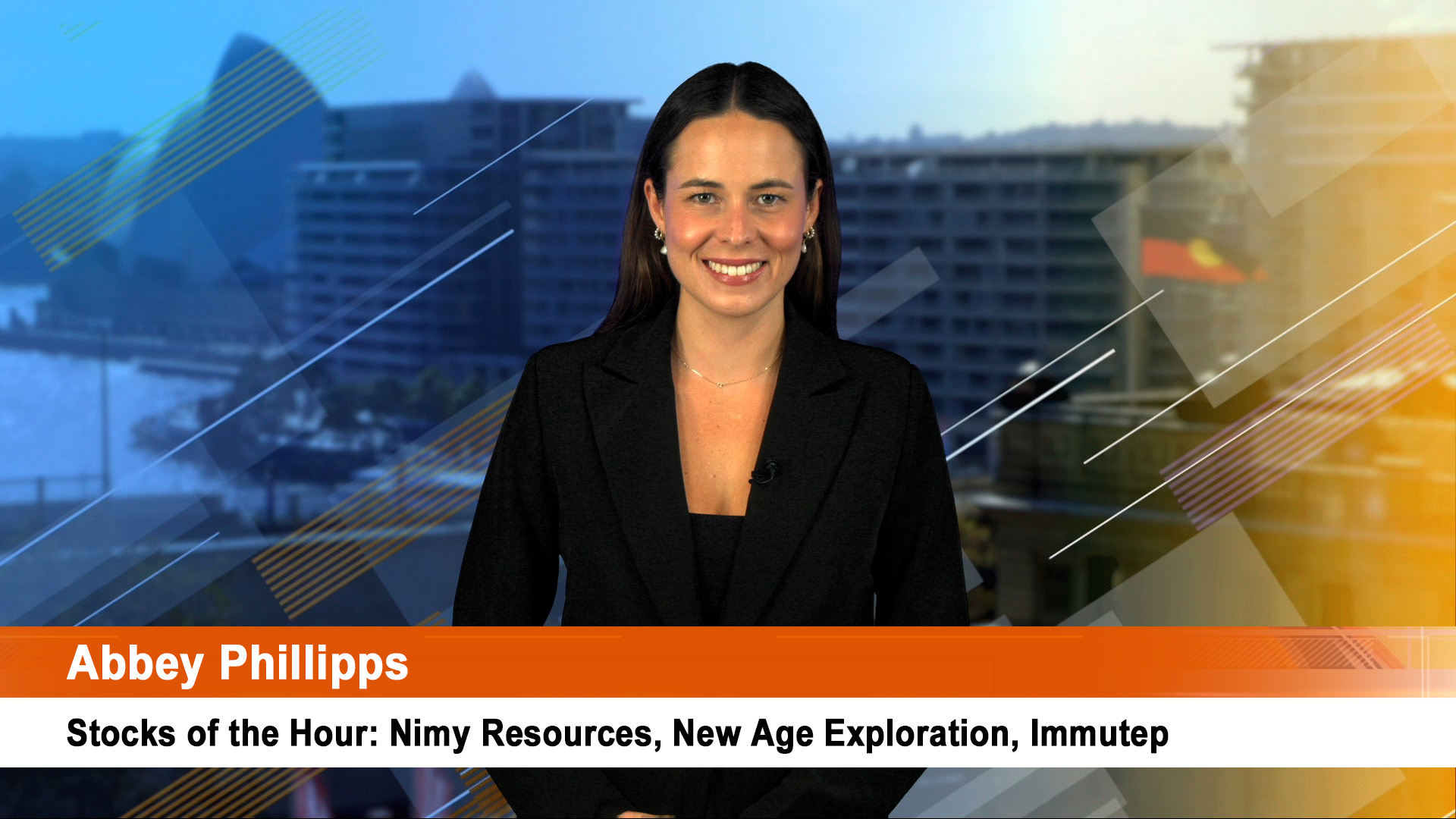It shouldn’t be such a surprise that Woodside Petroleum says the costs of its Pluto LNG project, offshore from Western Australia, have blown out by up to 10%, or around $1.2 billion.
Woodside is pushing hard to get the project into production: the field was only discovered up in 2005 and it sees output starting in 2011.
Part of the early work was pushed through prior to the worsening in the global economy when costs were high, especially labour.
They have fallen, along with the cost of steel, capital and other inputs, but Woodside is continuing to push hard to get the project up and running.
It wants to finish it before the huge $43 billion Gorgon project, now starting, gathers pace and sucks in resources from all over Australia.
The news from Woodside will confirm fears at the RBA that Australia is facing a rapid rise in costs, despite the lingering impact of the slowdown, with surplus capacity in the economy and unemployment higher than it was a year ago.
Woodside told the ASX on Friday that Pluto would likely cost an extra 6%-10% more than the $11.2 billion originally budgeted.
"The expected increase in cost is due to lower than budgeted productivity in both onshore and offshore construction," the company said.
Woodside shares slumped on the news (and weaker world oil prices).
They ended down 2.8%, or $1.41 at $48.69 on Friday after the market fell 1.3%.
The shares will be weaker today after oil prices eased again over the weekend and with brokers to update their figures on Woodside for clients.
Woodside owns 90% of the Pluto project, with joint venture partners Tokyo Gas and Kansai Electric each with a 5% stake.
The company said the project was 82% complete and is on track to deliver first gas from the Pluto field at the end of 2010 and first liquefied natural gas (LNG) in early 2011.
Pluto is estimated to contain a total dry gas recoverable reserve volume of 4.4 trillion cubic feet and is about 180 kilometres north-west of Karratha, offshore from WA.
The cost upgrade follows the move by ExxonMobil last month which lifted the forecast cost for its LNG project in Papua New Guinea by about 15% to $US15 billion.
(Oil Search and Santos have stakes in this huge project.)
Woodside has started preliminary engineering studies to add a second production train at Pluto to start production in 2013, and a third train in 2014, with another two more to follow.
But it will have to get gas from other fields in the area owned by rival companies.
The Woodside news confirms that the real problem for Australia in coming years won’t be the need for pay rises or job insurance (as the ACTU has started arguing for); it’s the need for re-skilling and new tradespeople to be found to meet the returning resources boom.
Principally because of the $43 billion Gorgon LNG project, the Australian Bureau of Agricultural and Resource Economics reported this week that the value of advanced mineral projects had soared 40% in the six month to October to $112 billion.
Chevron, Exxon Mobil and Royal Dutch Shell agreed in September to proceed with the Gorgon venture located off northwestern Australia.
The size of this project is simply huge. Leighton Holdings revealed this week it had won a tender as part of a consortium to build the main jetty and associated works for Gordon: the value $900 million.
Leighton is already involved in building a work camp and accommodation for the project that will cost half a billion dollars.
ABARE said the $112.5 billion is spread across 74 advanced projects, defined as being under construction or committed, of which 38 are energy projects, 31 are minerals projects and five are mineral processing projects.
Energy projects account for around 72%, or $81.1 billion, of the estimated capital cost of all listed advanced major projects.
Iron ore projects account for a further 15% or $16.8 billion. Because of Gorgon, and the iron ore projects, WA accounts for about 83% of the capital expenditure on advanced projects.
Unemployment will not be a problem, just getting enough trained and skilled workers in place in WA to handle years and years of work.
There’s talk the LNG boom in WA will see an extra 50,000 workers needed over the next 15 years (most of whom will have to move to the state).
Queensland’s emerging LNG sector (based on coal seam methane) will also need tens of thousands of new workers and will put strains on the demand for steel and other resources.













